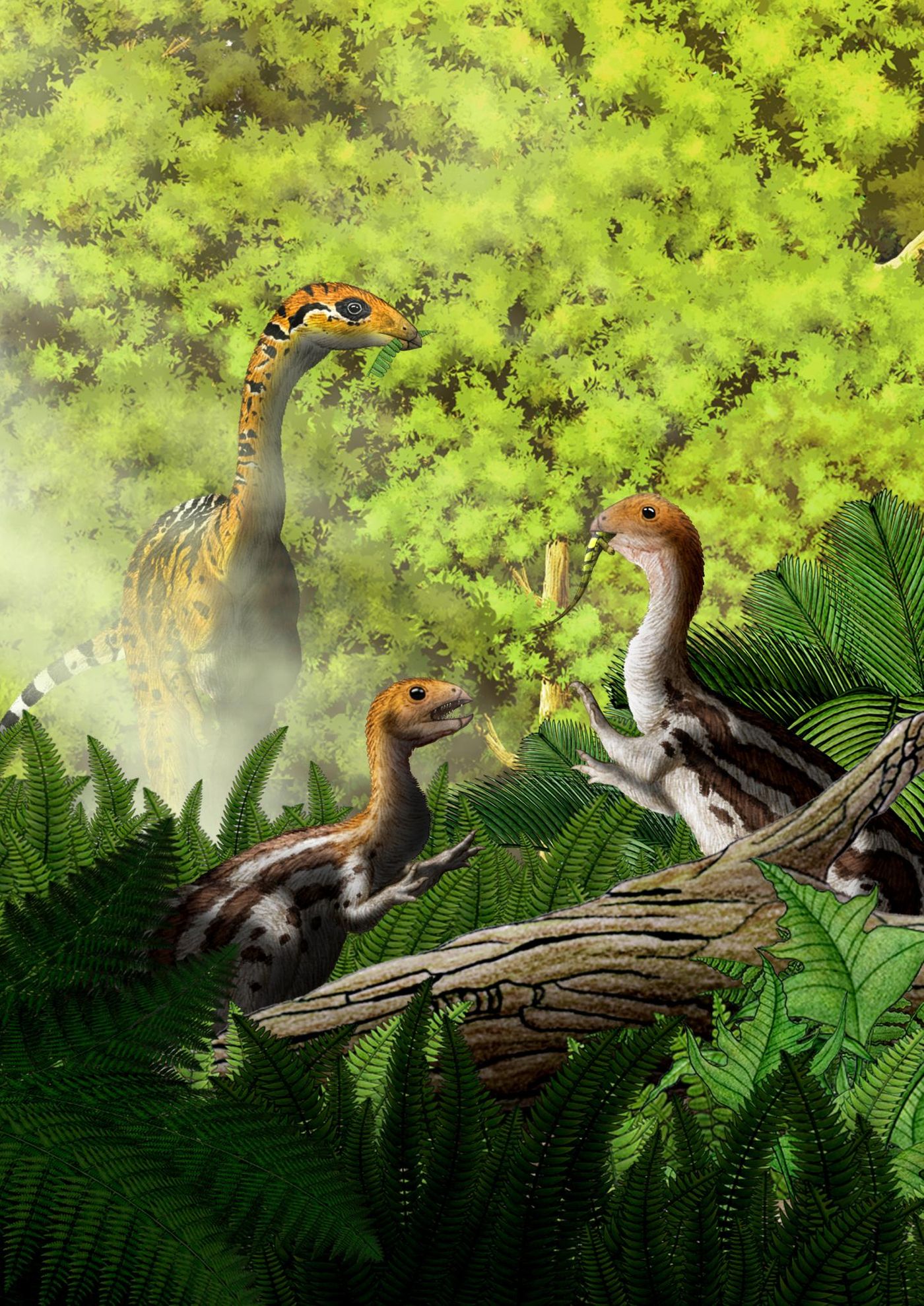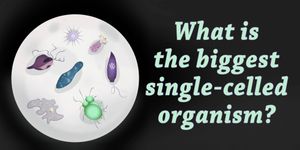Even the Dinosaurs Lost Their Teeth As They Grew Up
Just as human juveniles happen to lose their baby teeth to make way for much larger and stringer adult teeth, scientists now believe that dinosaurs may have followed a similar process as they matured.
Appearing in the journal Current Biology, Dr Shuo Wang of the Capital Normal University in China and his colleagues studied 13 dinosaur fossils that were uncovered from the Upper Jurassic Shishugou Formation of northwestern China and found something peculiar.
Image Credit: Yu Chen
Many of these fossils, believed to be remnants from the Limusaurus were likely no older than 10 years old when they became preserved in these fossils and were actually missing a number of original teeth. More importantly, the mature dinosaurs had no teeth at all, rather they had beaks.
The findings suggest that the juvenile dinosaurs probably had small teeth of some sort as they were young, and as they matured, they lost their teeth in place of a hardened beak, which was effective at helping them eat their food.
"We found a very rare, very interesting phenomenon in a ceratosaurian dinosaur whereby toothed jaws in juvenile individuals transition to a completely toothless beaked jaw in more mature individuals during development," Wang said.
This is a very interesting find because it not only revolutionizes the way we think of dinosaurs, but it also changes the way we think about reptiles. This is reportedly the first time we’ve ever observed in a reptile species where the animal loses its teeth with growth and development.
Wang and his colleagues reportedly discovered the first dinosaur fossil back in 2001, but since they only had one, they really didn’t know what they were looking at. It wasn’t until they found several more that they had something to compare to, and this is when they noticed the fossils were strikingly similar, which indicated they were the same species.
"Initially, we believed that we found two different ceratosaurian dinosaurs from the Wucaiwan Area, one toothed and the other toothless, and we even started to describe them separately," Wang continued.
Despite being the same species, some of them had differences in their jaws that the scientists took note of, namely their teeth. They didn’t quite understand why two of the same species of dinosaur would have differences in the number of teeth, which led to the next theory written about in the journal.
The discovery that this species of dinosaur had teeth when it was young and slowly transitioned to being beaked throughout adulthood suggests an important part of the mystery behind the teeth/beak relationship that scientists are working so hard to crack.
Source: EurekAlert









